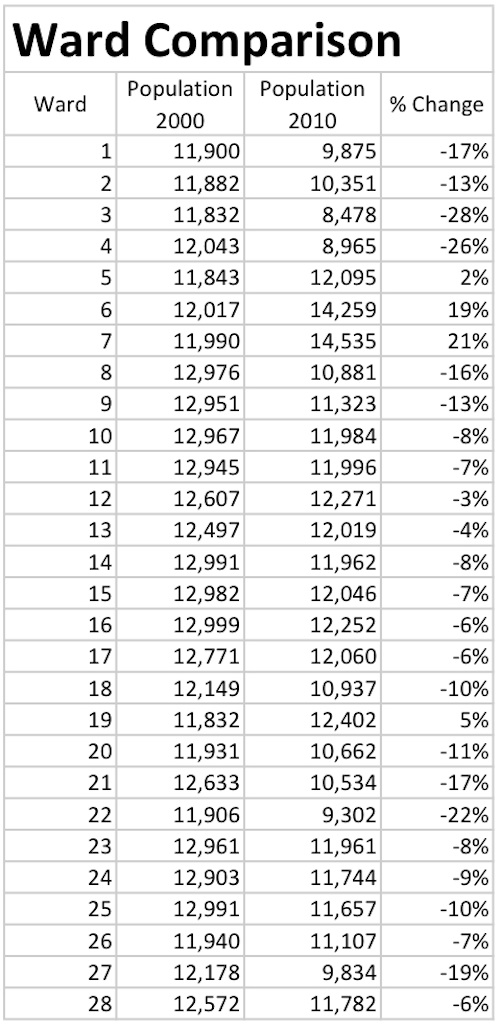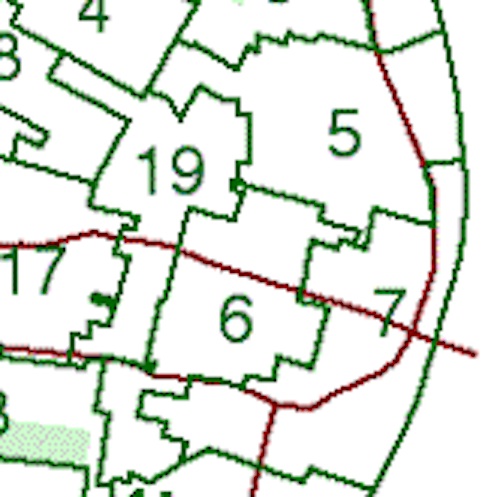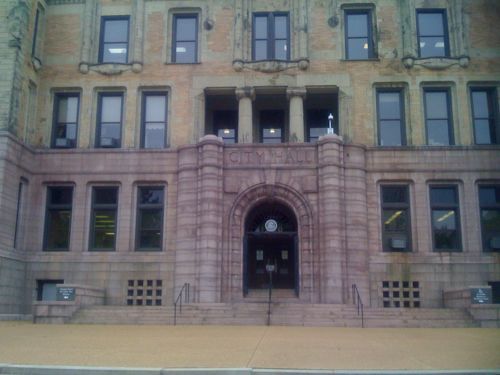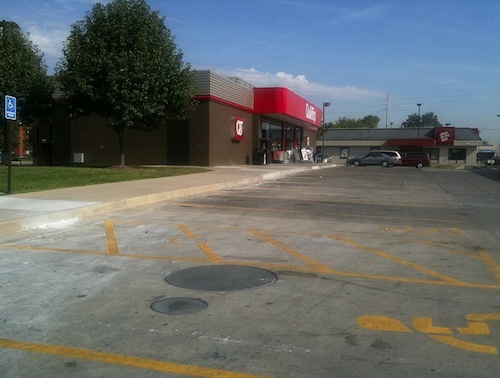The City Is Better Today Than In 1990
I was just 23 when I moved to St. Louis in August 1990.  At that point the 1990 Census had been completed, but the numbers weren’t yet revealed.  Thus, the last population number for St. Louis at the time I moved here was 452,801 (1980).  I was moving from a city with fewer people to a bigger city, Oklahoma City had 404,014 residents in 1980.  Oklahoma City also has ten times the land area of St. Louis so the urban density was and  is far far less.  But I didn’t live here during the decade of 450k+ residents.
As I was moving from the Central West End to Old North St. Louis (then known as Murphy-Blair) in March 1991 the new population figure was released: 396,685, a loss of 56,116. Â That seemed like nothing compared to the loss of 169,435 between 1970-1980. We had just dipped below 400,000, the first time we’d fallen to levels not seen since the 19th century.
In 2001 the 2000 Census showed another loss, this time 48,496 fewer residents. Â Each time the Census figures came out I considered bailing, jumping off the sinking ship. Â This time is different, leaving is the last thing on my mind. Â More than ever I want to stay and fight so the 2020 Census shows a gain rather than a loss.
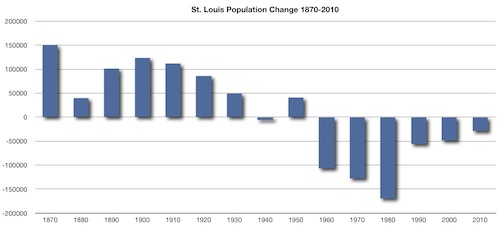
The growth of St. Louis slowed in the 1920s and the the city lost a little population in the 30s. The shift to newer housing was well under way when the post-WWII boom coupled caused housing shortages and gave St. Louis the false impression the 1940 drop was a fluke.
Harland Bartholomew’s destructive vision to remake the city. From the 1947 plan:
The City of St. Louis can anticipate a population of 900,000 persons by 1970, based on these assumptions:
1. That the population of the St. Louis Metropolitan District continues to maintain its present proportion to total urban population of the United States.
2. That an attractive environment for living will be developed throughout the city to counteract current decentralization trends.
3. That the city is, nevertheless, a maturing urban center that can never expect to attain the tremendous past growth of certain earlier periods.
The #2 item above meant urban renewal. Erasing the old walkable city and building back an auto-friendly city. Tens of thousands were forced from their homes for highway construction and housing projects like Pruitt-Igoe.
Today our loses are for different reasons: an ingrained anti-city bias and a dysfunctional public school system. I think we can fix these issues.
The 2020 Census may show another loss which is fine if the city continues to get better as it has these last 20 years.
– Steve Patterson
